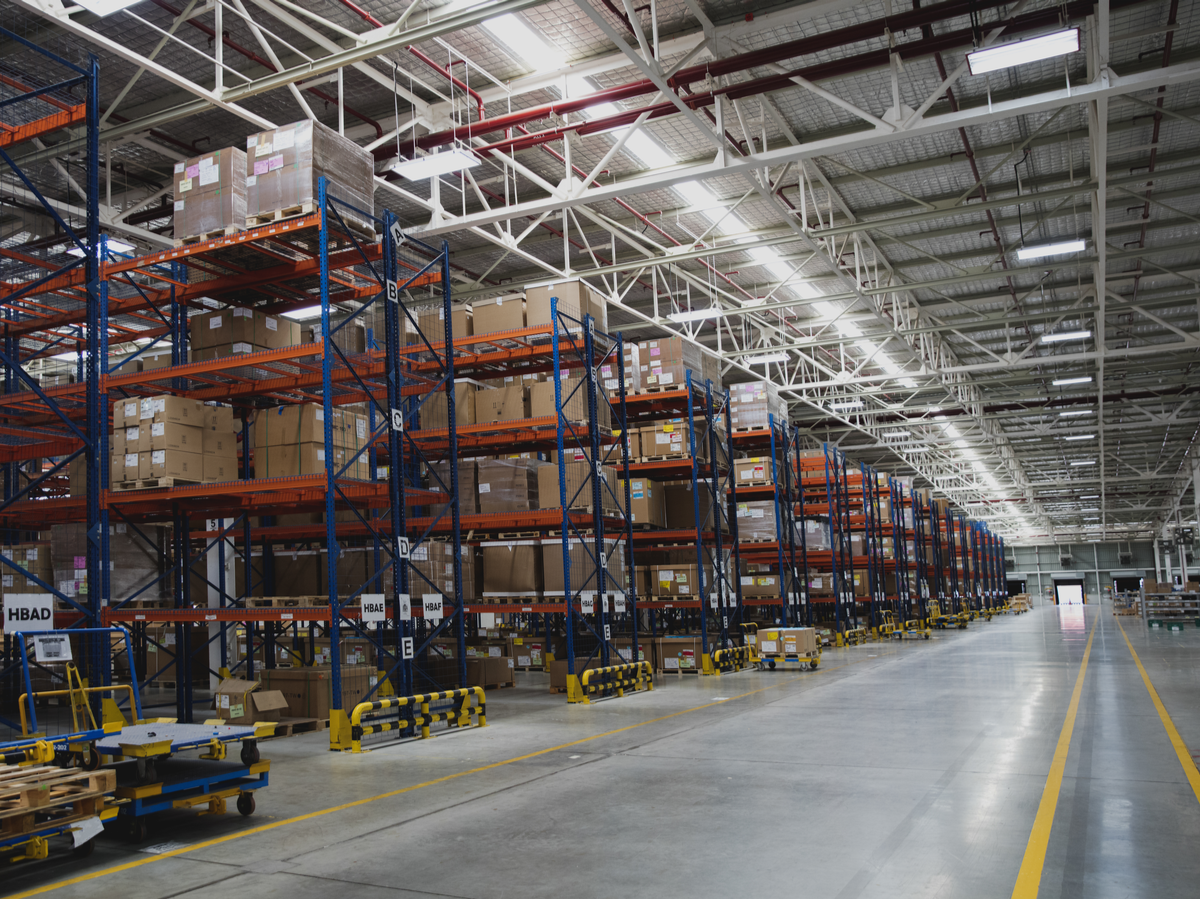
Visit Our Sponsors |
|
|
|
|
|
|
|
|
|
|
|
|
|
|
|
|
|
|
|
|
|
|
|
|
|
|
|
|
|
|
|
|
|
|
|
|
|
|
|
|
|
|
|
|
|
|
|

Over the past decade, the economy in western New York has evolved from one almost entirely dependent on automobile and steel manufacturing to a present-day mix of industrial and light manufacturing, high-technology and service-based industries.
Demand for warehouse space is at an all-time high and capacity is stressed. What factors are pressuring the current warehousing market and how does it affect potential customers?
As companies grow, the need for greater inventory levels, efficient order fulfillment and possible warehouse expansion also increases. Management is faced with an on-going dilemma… do we expand our current facilities, move to another facility or outsource the warehousing of product to a third-party provider? That decision becomes even harder when the economy is thriving, as real estate costs rise. Making the right decision at the right time can have a profound effect on a company’s customer experience and the bottom line.
As economic conditions change, there are many factors that apply pressure on warehouse capacity and ultimately, rates.
Like most American cities, the population in western New York has stopped the suburban sprawl and now looks to inner city Buffalo to live. Urban renewal and neighborhood gentrification have transformed older, ignored neighborhoods into prime property. Much of the warehouse space comes from reused old manufacturing facilities. As the land value rises, repurposing older buildings becomes fiscally irresponsible. In addition, Buffalo’s proximity to Southern Ontario makes it a gateway to the U.S. marketplace. Many Canadian companies sell in the U.S. and require warehousing and fulfillment closer to their customers. Buildings with supporting infrastructure that previously could be converted to warehouse space are now hard to find or even non-existent.
Speak to C-Level executives and they will all tell you that finding and keeping a qualified workforce is near the top of their challenges. Low unemployment levels, competition for labor and the perception of manual labor have all contributed to many warehouse/fulfillment centers finding labor through agencies. Mandatory wage increases and the high cost of healthcare and other benefits have all contributed to higher costs per square foot.
No article would be complete without mentioning the current political climate and the pressures exerted on the supply chain of a company. The 301 tariffs increased the need for companies to “get ahead” of the tariffs by accumulating inventory, which stretches available capital and applies more pressure on an already stressed warehouse market. In addition, the tariffs have shown a bright light on the advantages foreign trade zones can offer certain importers. Providers need to work closely with U.S. Customs and Border protection, as FTZ area expansion could take up to 90 days.
The net result is rising rates and warehouses looking for potential customers that can turn inventory and generate consistent revenue streams. Conditions may drive providers to new areas and reassess “what good looks like” or become selective in terms of which customers to service. Customers are looking for providers that can offer a complete package, including warehousing, fulfillment, customs brokerage, visibility and transportation services.
The Outlook
Warehouse demand in western New York has never been greater and this trend will continue. Rising land costs, labor costs, taxes and zoning regulations have reduced the number of warehouse providers in the area.
Those that survive must continually evolve, invest, train and drive the efficiencies companies demand. Increased reliance on technology and the utilization of lean practices will help to keep rates increases commensurate with the market demand.
Joey Casullo is director of sales for Speed Global Services.
RELATED CONTENT
RELATED VIDEOS
Timely, incisive articles delivered directly to your inbox.






